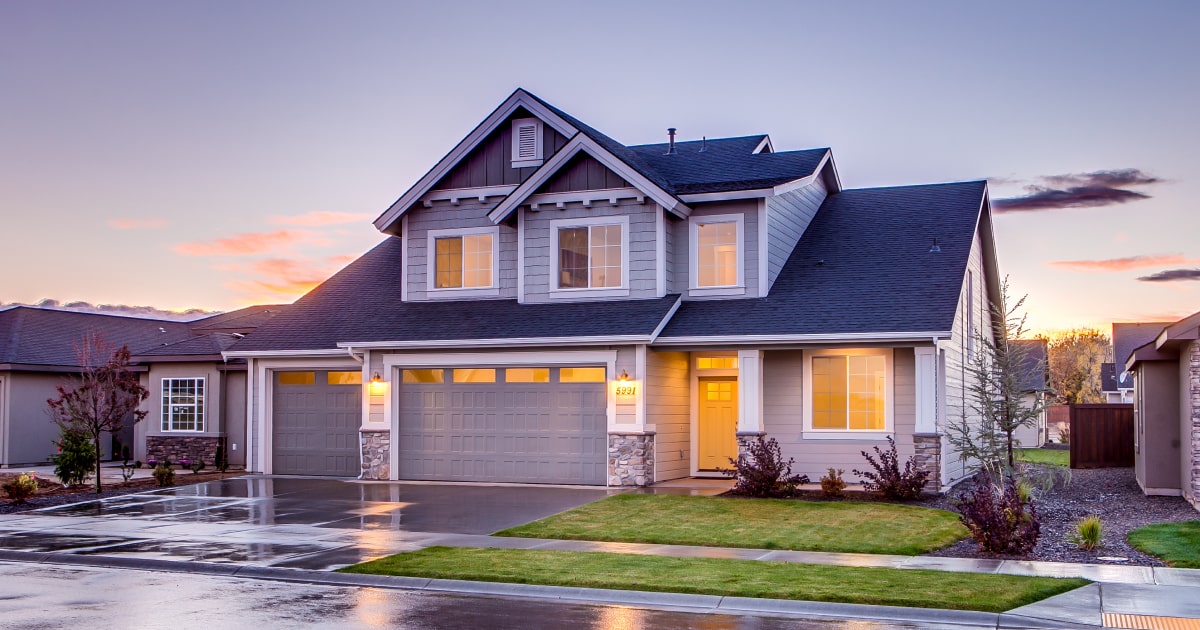Houses have been an integral part of human existence for centuries. They represent far more than just bricks and mortar; they are the cornerstone of our lives, providing shelter, comfort, and a sense of belonging. The concept of a House goes beyond the physical structure; it encompasses emotions, memories, and aspirations, making it a symbol of human identity and culture.
Historical Significance:
Throughout history, houses have evolved in design, function, and significance. Ancient civilizations, such as the Egyptians and Mesopotamians, built homes that served as both residences and places of work. In medieval Europe, castles and manors were not only dwellings but also symbols of power and social status. The architectural styles and materials used in houses often reflected the resources and culture of the region, creating a rich tapestry of design and history.
Shelter and Security:
At its core, a house is a sanctuary, providing shelter and protection from the elements. This fundamental aspect of a house has remained constant throughout time. Whether it’s a thatched hut in a remote village or a modern skyscraper in a bustling metropolis, houses are designed to shield us from harsh weather, wildlife, and other external threats. They offer a sense of security, allowing us to rest and rejuvenate, free from the worries of the outside world.
A Place to Call Home:
Beyond its utilitarian function, a house is a place where individuals and families create and share their lives. It’s where cherished memories are formed, where children grow, and where relationships are nurtured. The emotional attachment people have to their homes is undeniable, as it often becomes.

